Speaking of gyoza, many people will immediately think of Hamamatsu or Utsunomiya gyoza. However, Chiba Prefecture’s local food “White Gyoza” looks completely different from the gyoza you’ve ever tried. These gyoza dumplings have a voluminous appearance and are crispy on the outside and chewy on the inside. White gyoza is gradually gaining popularity nationwide.
What is White Gyoza?
“White Gyoza” is a local gourmet dish from Chiba prefecture that consists of crusty dumplings filled with meat and vegetables. Locals wrapped the ingredients in thick skin and fried them in oil to make them crispy. The abbreviated name is “Howagyo”. It has a thick skin reminiscent of bread or steamed meat buns grilled with oil and a unique grilling method.
If you imagine ordinary dumplings, they are entirely different in shape and texture. The biggest feature is the deep-fried crispy crust, which looks like Inari sushi rather than dumplings. The contents are filled with plenty of meat and vegetables, and it has a crisp texture that is irresistibly delicious. It is a great companion for beer.
Etymology
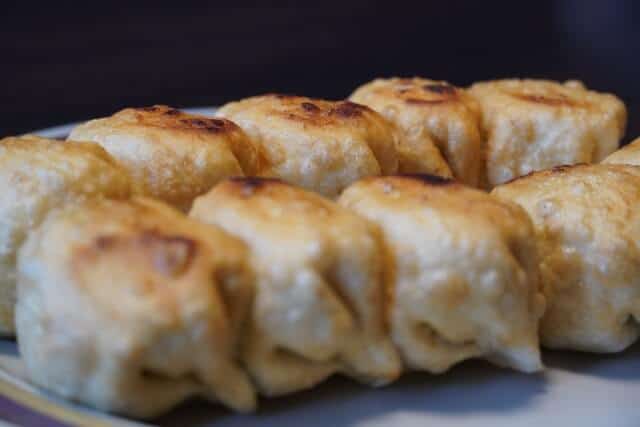
When founder Shinichi Mizutani was taught to make dumplings by a Chinese named Pai in Manchuria (now northeastern China), he made white dumplings from Chinese white (pie) in Manchuria. So, when he opened a dumpling shop in Japan after the war, he chose “White Gyoza” in English.
White Gyoza History

There is a speciality restaurant in Noda City, Chiba Prefecture, that began with white gyoza. In Manchuria, the founder developed white dumplings from Chinese white (pie). Gyoza has become a national cuisine of Japan in recent years as a delightful side dish that is easy to eat with plenty of vegetables and meat and works well with alcoholic beverages. While there are numerous gyoza speciality stores around the country, the “white gyoza” launched this time is not only tasty but also round and easy to eat. It is a well-known gyoza restaurant with over 20 stores around Japan, from Miyagi Prefecture in the north to Kagoshima Prefecture in the south.
White Gyoza Recipe
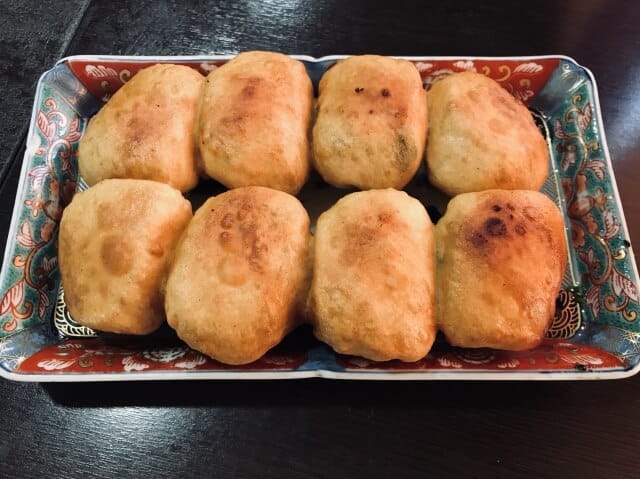
White Gyoza Ingredients
| Ingredients of White Gyoza for 4-5 person | |
| Bean paste | |
| Cabbage, Chinese cabbage 100g | 100g |
| Onion 50g | 50g |
| Chives | 30g |
| Minced pork | 200g |
| Seasoning | |
| Grated ginger, oyster sauce | 7g each |
| Sake, soy sauce, sesame oil, lard | 14g each |
| Spice powder | 2g |
| Salt and pepper | 4g |
| Shrimp (finely chopped) | 20-30g |
| Shiitake mushrooms or dried shiitake mushrooms (finely chopped) | 10-20g |
| Strong flour | 200g |
| Boiling water | 100g-200g |
| Salt | 4g |
How to make White Gyoza
For the skin, add hot water with salt dissolved in strong flour little by little and knead well. Wrap in plastic wrap and let rest for one hour.
Chop the vegetables. Squeeze when the water comes out. Mix minced meat, shrimp, shiitake mushrooms and seasonings well. Be sure to use spice powder.
On a table dusted with flour (katakuriko), use a rolling pin to roll out, or use a rolling pin to roll out into a circle to make a skin. Make the skin a little thicker.
Add a generous amount of ingredients, make the top folds shorter, and push both ends inward to make it round. Then, close the skin tightly so that there are no gaps.
Bake them all. It’s delicious even if you grill the gyoza in the usual way, but if you fry it in oil after steaming it, it’s more like a hot dog.
If you are new to white gyoza, we recommend that you freeze the gyoza once before baking.
The portion of sauce used

The best ratio of soy sauce and vinegar is the basic soy sauce 7: vinegar 3, and you can use a lot of chilli oil. To explain how to eat it in detail, a lot of the ingredients are sedimented at the bottom of the chilli oil container. Don’t think of adding chilli oil, just put more ingredients in the bottom of the chilli oil container.
Is gyoza the same as dumplings?
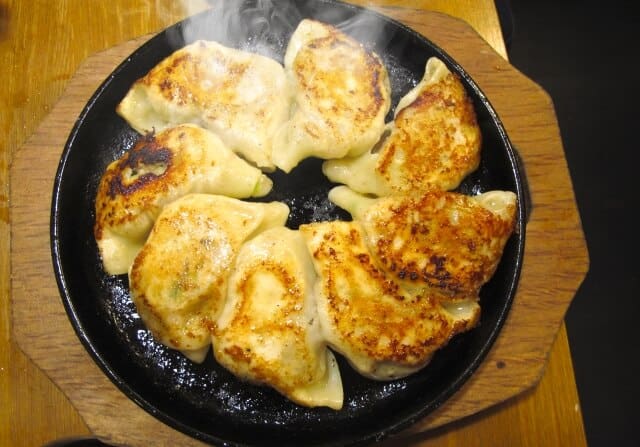
While the two are similar, dumplings and gyoza have distinct flavours, textures, and cooking ways that distinguish them. Locals usually pan-fried, steamed, or deep-fried the dumplings. The gyoza was soon born with a thinner dumpling wrapper and more finely chopped stuffing. The dish is most commonly pan-fried to create a wonderful crispy texture that also enhances its unique flavours. Gyoza is a half-moon-shaped dish with a thin bread wrapping cooked before being pan-fried. The filling for gyoza is wrapped in a thin wheat flour bread, whereas some dumplings, such as Chinese xiao long bao, have huge, thicker dough dumpling wrappers.
Why is it called gyoza?

Gyoza is the Japanese word for potstickers. The Japanese borrowed this concept from the Chinese. During World War II, Japanese soldiers were exposed to jiaozi in Manchuria, which is located in Northern China. Gyoza are dumplings that locals filled with ground meat and vegetables and wrapped in a thin dough. They recalled and recreated the amazing dumplings they had had in China when they returned home. It also symbolises good fortune and wealth and become a very popular dish in Japan.
Where to buy White Gyoza
White Gyoza Main Store (ホワイト餃子店 野田本店)

The signature dish of the shop is the grilled gyoza called “White gyoza”. It is characterized by a thick gyoza skin that is baked in plenty of oil until it becomes crispy. Many people line up every day for this gyoza. . As a “white gyoza chain store”, it is deployed all over the country.
7th Gyoza Shop (第7ギョーザの店)

Originally, the restaurant was very popular with the locals and there was a long line of people waiting in line. On the 1st floor, you can see the staff working hard to wrap the dumplings and cook them, so be patient while observing how the dumplings are grilled. The “white gyoza” arranged in a frying pan is first boiled and grilled in plenty of hot water. After that, the dumplings are deep-fried in enough oil to cover them. By doing this, the gyoza itself will be crunchy and fluffy.
Hanagasa Honkawagoe (餃子のはながさ 本川越店)

“Hanagasa Hon-Kawagoe Branch” is a restaurant that specializes in round gyoza “white gyoza”. There is only a counter in the store, and you can eat and drink only from 12:00 to 13:00. Their “white gyoza” has chewy skin and juicy bean paste with ponzu sauce for a refreshing taste.
Takeaway
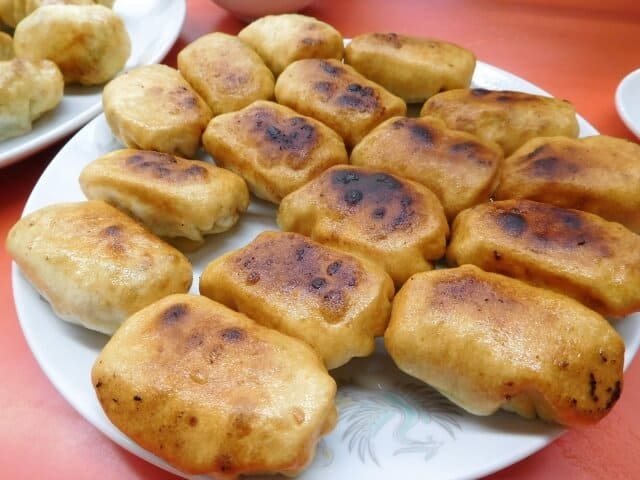
Japanese gyoza does have some general, subtle differences from potstickers. They are usually made from pre-fabricated wrappers that are thinner, smaller, and more delicate, and the filling is more finely textured. Gyoza is generally popular as a relatively healthy food, but of course, the cooking method of choice, as well as the quantity consumed, makes a big difference. If you eat them in moderation and choose a healthier cooking option such as boiling or steaming, they are reasonably healthy food. Additionally, Gyoza is one of the most popular side dishes served with ramen, ahead of many other side dishes.
If you are a fan of gyoza, click here to find out more about it.
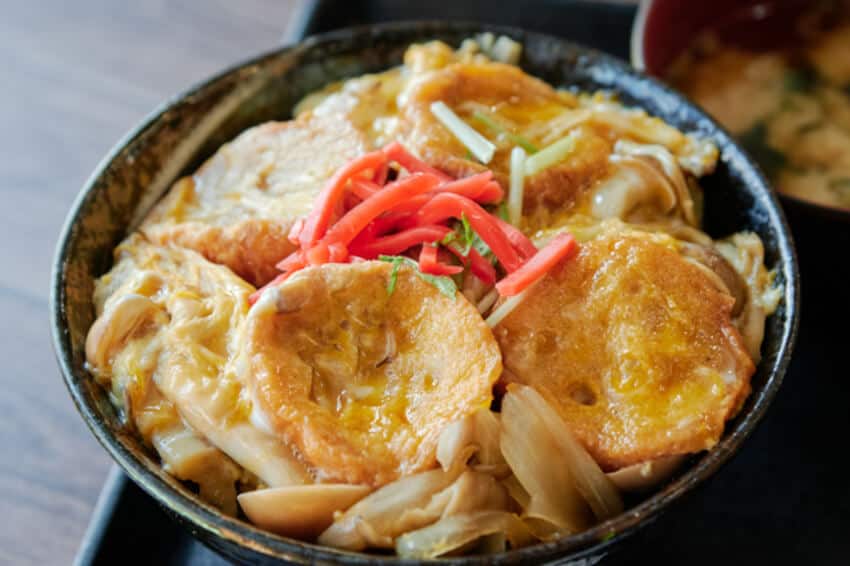
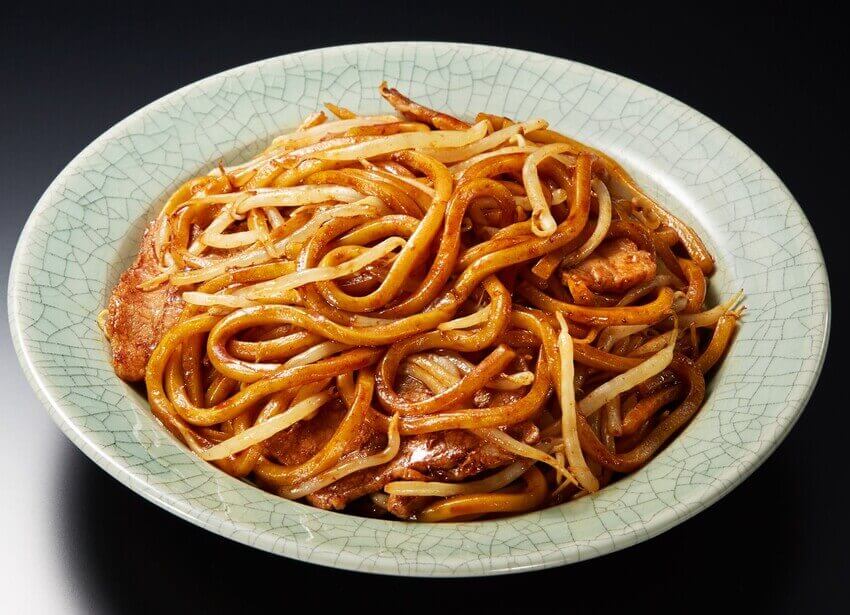




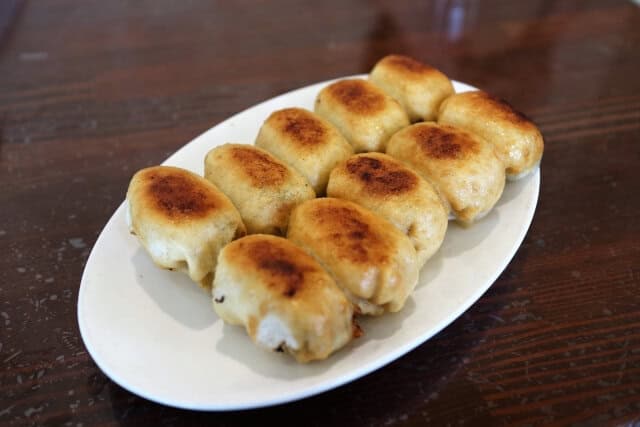
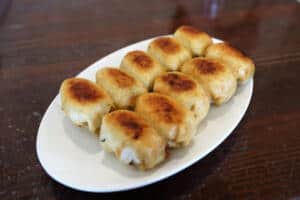
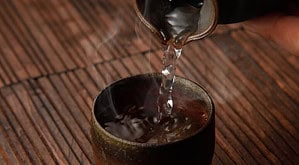
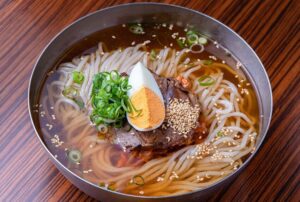
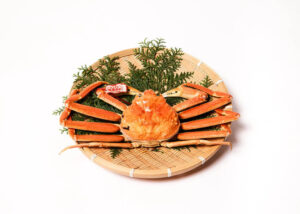
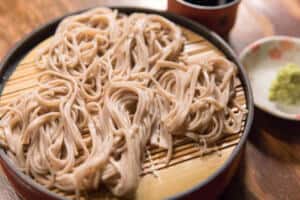
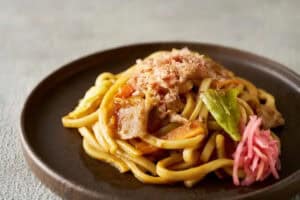
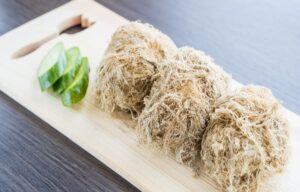
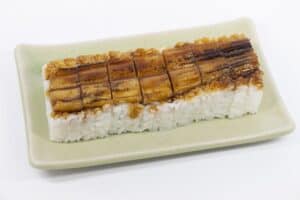
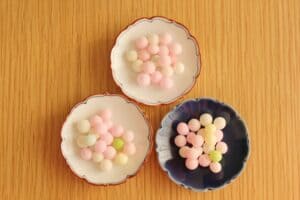
Comments